Description
A popular introduction to organic chemistry which stresses the importance of molecular structure in understanding the properties and principles of organic chemistry. Provides a wide variety of spectra to be analyzed. Features four-color photographs throughout.
Each topic is presented fully and clearly at a level appropriate for beginning students. The authors emphasize relationships between the seemingly unrelated facts and theories that students are learning in order to reveal the broad and complex pattern underlying organic chemistry. Where possible, they lead the students to find the pattern themselves, by working problems.
View more
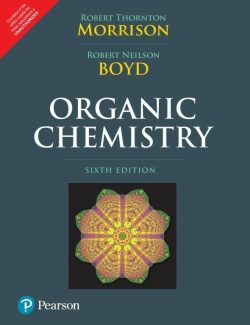
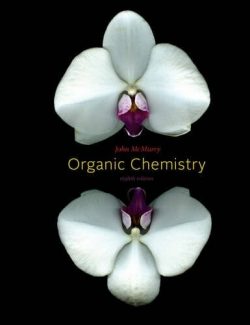
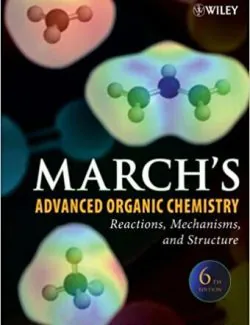
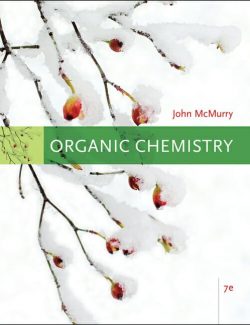

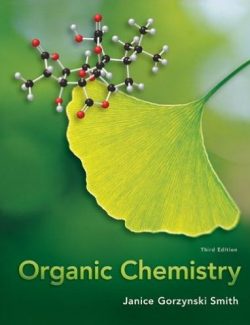
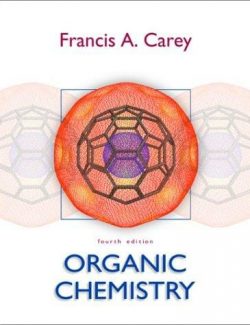
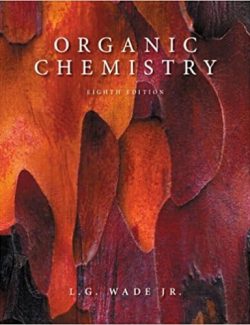
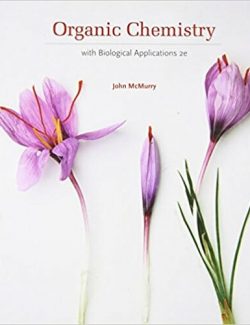
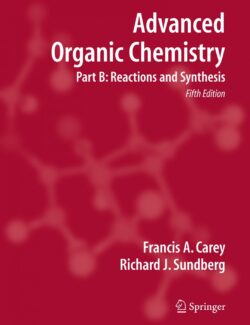
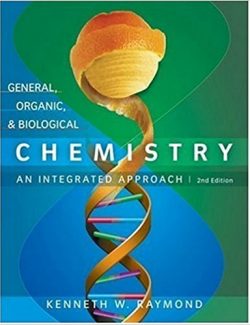
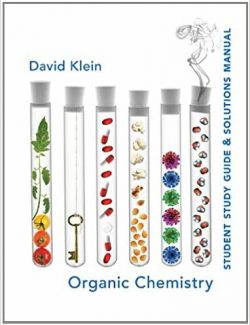
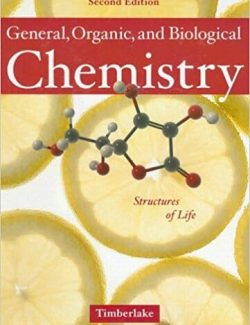
Leave us a comment
No Comments